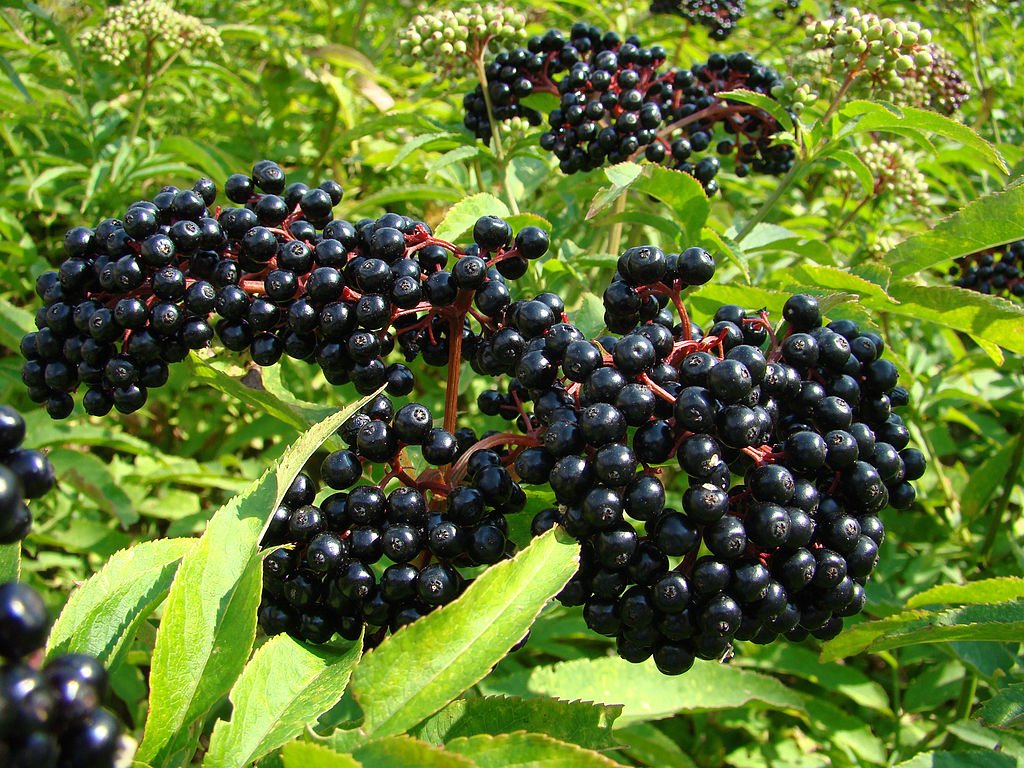- Your cart is empty
- Continue shopping
Raw elderberries are 80% water, 18% carbohydrates, and less than 1% each of protein and fat (table). In a 100-gram (3+1⁄2 oz) amount, elderberries supply 305 kilojoules (73 kcal) of food energy and are a rich source of vitamin C, providing 43% of the Daily Value (DV). Elderberries also have moderate contents of vitamin B6 (18% DV) and iron (12% DV), with no other nutrients in significant content.
Dietary supplement
Elderberry fruit or flowers are used as dietary supplements to prevent or provide relief from minor diseases, such as flu, colds, constipation, and other conditions, served as a tea, extract or in a capsule.[8] The use of elderberry supplements increased early in the COVID-19 pandemic.[24] There is insufficient research to establish its effectiveness for such uses, or its safety profile.[8] The raw or unripe fruit of S. nigra or its extracts may contain a cyanogenic glycoside that is potentially toxic.
In Northern California, elderberries are a food for migrating band-tailed pigeons. Elders are used as food plants by the larvae of some Lepidoptera species including brown-tail, buff ermine, dot moth, emperor moth, engrailed moth, swallow-tailed moth and the V-pug. The crushed foliage and immature fruit have a strong fetid smell. Valley elderberry longhorn beetles in California are very often found around red or blue elderberry bushes. Females lay their eggs on the bark. Strong-scented flowers in wild populations of European elder attract numerous, minute flower thrips which may contribute to the transfer of pollen between inflorescences.

